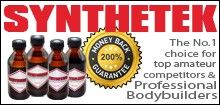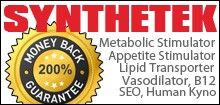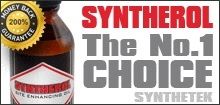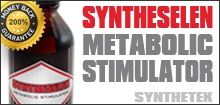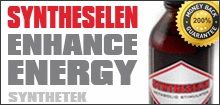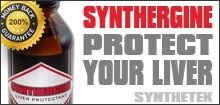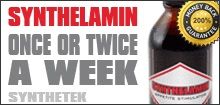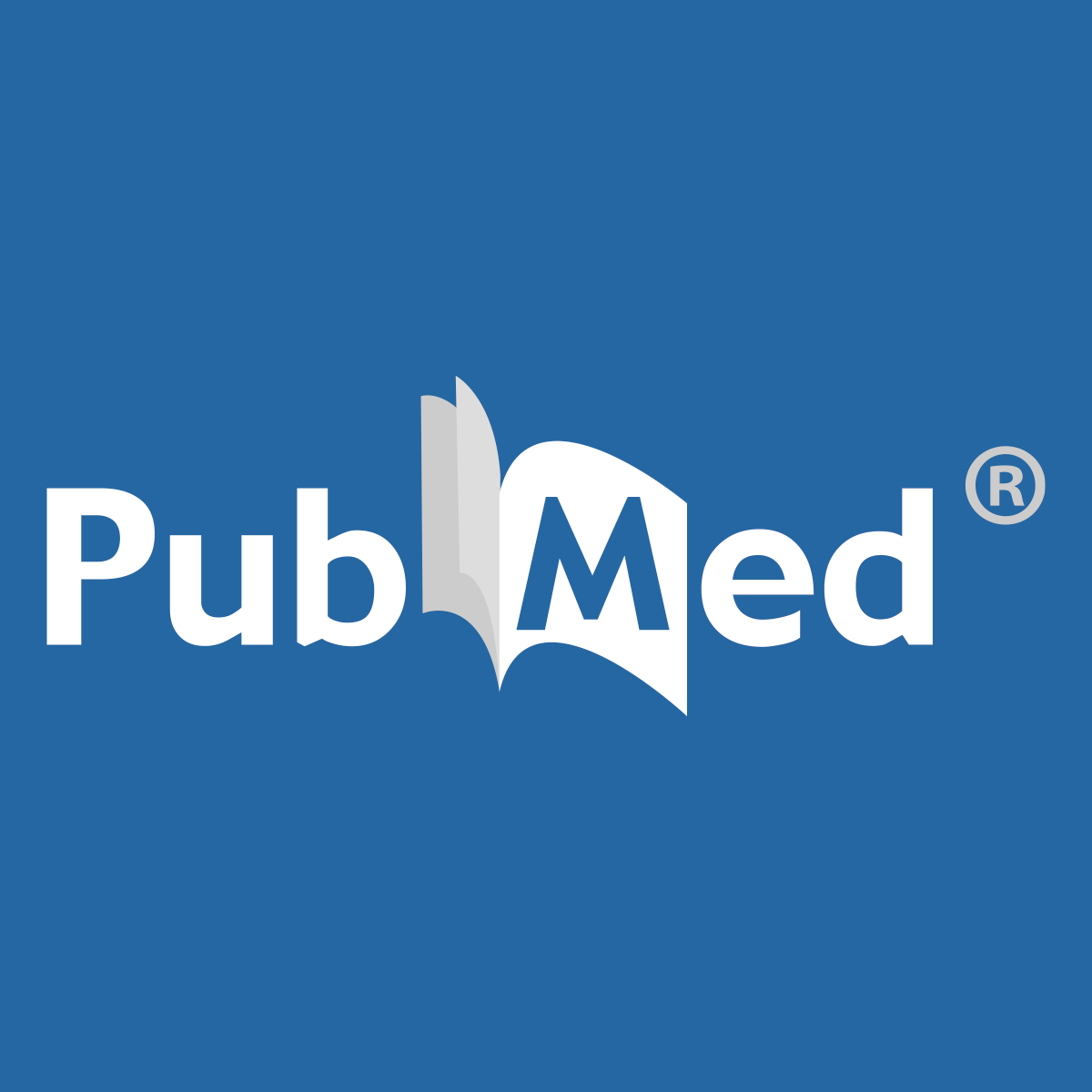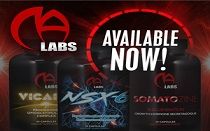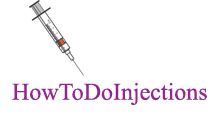OuchThatHurts
Moderator / Psy, Ret.
Staff member
Moderator
Kilo Klub Member
Registered
Verified Customer
- Joined
- Nov 6, 2005
- Messages
- 10,583
Thought I'd start a discussion thread on concomitant GH, IGF, insulin (natural and unnatural) use to increase hypertrophy since so many people ask about it. Many won't divulge their secrets or research because they are trainers or coaches and don't want to give away their pearls for free (which is perfectly understandable). But there is no reason we can't discuss these things on an open forum either.
So I'm going to throw a bunch of stuff up against the wall here and see what sticks and what doesn't (true/likely or unlikely/outright false). Yes, yet another hGH/IGF/slin thread (and what I personally do myself FWIW).
And we can discuss from both your experiences and mine. Cool?
Since we know why/when a healthy person produces insulin naturally, let's focus on GH (somatatropin) and subsequently IGF-1 (Insulin-like Growth Factor One) for now. These are released by the body at three times:
1) when we are fasting/hungry to prepare for receiving a meal, and to help free up body fat for energy via β3 receptors and in anticipation of those to-be-consumed calories,
2) after a successful workout or hard days work (much like after a successful hunt by our ancient ancestors) and for our purposes on this board, progressive overload training for hypertrophy and hyperplasia — through cell growth and stem cells (satellite cells) locally. Although satellite cells only when there is enough nutrients in the body to support the transition of a stem cell to a new cell,
3) and during deep sleep after we physically exert ourselves in order to modulate (in this case, upregulate) MGF locally which exerts protective effects on muscle, tendons, CNS, and organs while using satellite cells (stem cells) to repair, replace, and possibly add, e.g. to grow and strengthen skeletal muscle and tendons.
So that as presynaptic α (alpha) receptors are then agonized (from the hunt), GH is released, you relax and eat your kill (post-workout meal), and fall into a sleep deep where more GH is released, and so on. It is then that your liver dumps IGF into your bloodstream in vivo.
- Exogenous rhGH (GH) and rhIGF's (IGF-1)*
*Note: there are several forms of IGF and associated binding proteins but we'll focus on exogenous IGF-1 and its analogs (e.g. LR3 IGF-1) here
So, to have elevated IGF-1 levels when taking rhGH, you have to either take insulin immediately after your rhGH dose with a bunch of food (just like after the hunt), or you have to take your rhGH dose, and then eat a bunch of food and hope it creates enough of an insulin release to trigger a natural IGF-1 pulse.
That may be difficult to replicate several times per day, which would be needed to have constantly elevated IGF-1 since it does not have an impressive half life in vivo. Enter LR3 IGF-1. This IGF analog on the other hand, does have an impressive half-life, and it doesnt need any of the steps above to exert its growth other than lots of nutritious food - which is the most important factor in the equation. LR3 IGF-1 is still active whether high levels of GH are present or not. But because LR3 is very potent in growth, it can also be its major drawback (e.g. metastatic cells).
So LR3 IGF-1 (or natural IGF-1 if you can maintain it) is the apex of muscular growth. You dont have to worry about exogenous insulin, you dont have to worry about forcing your GH levels higher. You just need to eat big.
So when you consider all this, receptor grade LR3 IGF-1 which while expensive (last I looked, it was $300/1,000mcg), doesn't have to be if you consider the money you would save on GH and insulin. Just continue to eat a boatload of calories and pump yourself with LR3 postworkout and on off days. It's still difficult to endorse since super high levels of IGF can also have bad effects (enlarged viscera, acromegaly, metastatic cancer cell reproduction), and furthermore, GH has other positive effects. So what might we do to get as close to that line without crossing it?
A competitive bodybuilder would want to blast all three. Would have to. He'll have a gut, but it is what it is. Not much changing it at that level. And our competing pros and amateurs here are most likely doing exactly that or similar in order to be and remain competitive. It's what ProfessionalMuscle.com is all about.
For the gym rat who just wants to be big? You could try GH, IGF, and slin but only for limited durations. Since IGF-1 activates satellite cells, you will continue growing (as I do) for months after even a 2-week stretch of LR3 IGF-1. And just continue rhGH use while pumping units of insulin 30-60 minutes after the GH. Maybe occasionally a two-week stretch of LR3 post-workout. That seems like the ideal scenario (at least for me).
Thoughts and discussion are welcome. Have a great week!
O.T.Hurts
So I'm going to throw a bunch of stuff up against the wall here and see what sticks and what doesn't (true/likely or unlikely/outright false). Yes, yet another hGH/IGF/slin thread (and what I personally do myself FWIW).
And we can discuss from both your experiences and mine. Cool?
Since we know why/when a healthy person produces insulin naturally, let's focus on GH (somatatropin) and subsequently IGF-1 (Insulin-like Growth Factor One) for now. These are released by the body at three times:
1) when we are fasting/hungry to prepare for receiving a meal, and to help free up body fat for energy via β3 receptors and in anticipation of those to-be-consumed calories,
2) after a successful workout or hard days work (much like after a successful hunt by our ancient ancestors) and for our purposes on this board, progressive overload training for hypertrophy and hyperplasia — through cell growth and stem cells (satellite cells) locally. Although satellite cells only when there is enough nutrients in the body to support the transition of a stem cell to a new cell,
3) and during deep sleep after we physically exert ourselves in order to modulate (in this case, upregulate) MGF locally which exerts protective effects on muscle, tendons, CNS, and organs while using satellite cells (stem cells) to repair, replace, and possibly add, e.g. to grow and strengthen skeletal muscle and tendons.
So that as presynaptic α (alpha) receptors are then agonized (from the hunt), GH is released, you relax and eat your kill (post-workout meal), and fall into a sleep deep where more GH is released, and so on. It is then that your liver dumps IGF into your bloodstream in vivo.
- Exogenous rhGH (GH) and rhIGF's (IGF-1)*
*Note: there are several forms of IGF and associated binding proteins but we'll focus on exogenous IGF-1 and its analogs (e.g. LR3 IGF-1) here
So, to have elevated IGF-1 levels when taking rhGH, you have to either take insulin immediately after your rhGH dose with a bunch of food (just like after the hunt), or you have to take your rhGH dose, and then eat a bunch of food and hope it creates enough of an insulin release to trigger a natural IGF-1 pulse.
That may be difficult to replicate several times per day, which would be needed to have constantly elevated IGF-1 since it does not have an impressive half life in vivo. Enter LR3 IGF-1. This IGF analog on the other hand, does have an impressive half-life, and it doesnt need any of the steps above to exert its growth other than lots of nutritious food - which is the most important factor in the equation. LR3 IGF-1 is still active whether high levels of GH are present or not. But because LR3 is very potent in growth, it can also be its major drawback (e.g. metastatic cells).
So LR3 IGF-1 (or natural IGF-1 if you can maintain it) is the apex of muscular growth. You dont have to worry about exogenous insulin, you dont have to worry about forcing your GH levels higher. You just need to eat big.
So when you consider all this, receptor grade LR3 IGF-1 which while expensive (last I looked, it was $300/1,000mcg), doesn't have to be if you consider the money you would save on GH and insulin. Just continue to eat a boatload of calories and pump yourself with LR3 postworkout and on off days. It's still difficult to endorse since super high levels of IGF can also have bad effects (enlarged viscera, acromegaly, metastatic cancer cell reproduction), and furthermore, GH has other positive effects. So what might we do to get as close to that line without crossing it?
A competitive bodybuilder would want to blast all three. Would have to. He'll have a gut, but it is what it is. Not much changing it at that level. And our competing pros and amateurs here are most likely doing exactly that or similar in order to be and remain competitive. It's what ProfessionalMuscle.com is all about.
For the gym rat who just wants to be big? You could try GH, IGF, and slin but only for limited durations. Since IGF-1 activates satellite cells, you will continue growing (as I do) for months after even a 2-week stretch of LR3 IGF-1. And just continue rhGH use while pumping units of insulin 30-60 minutes after the GH. Maybe occasionally a two-week stretch of LR3 post-workout. That seems like the ideal scenario (at least for me).
Thoughts and discussion are welcome. Have a great week!
O.T.Hurts

